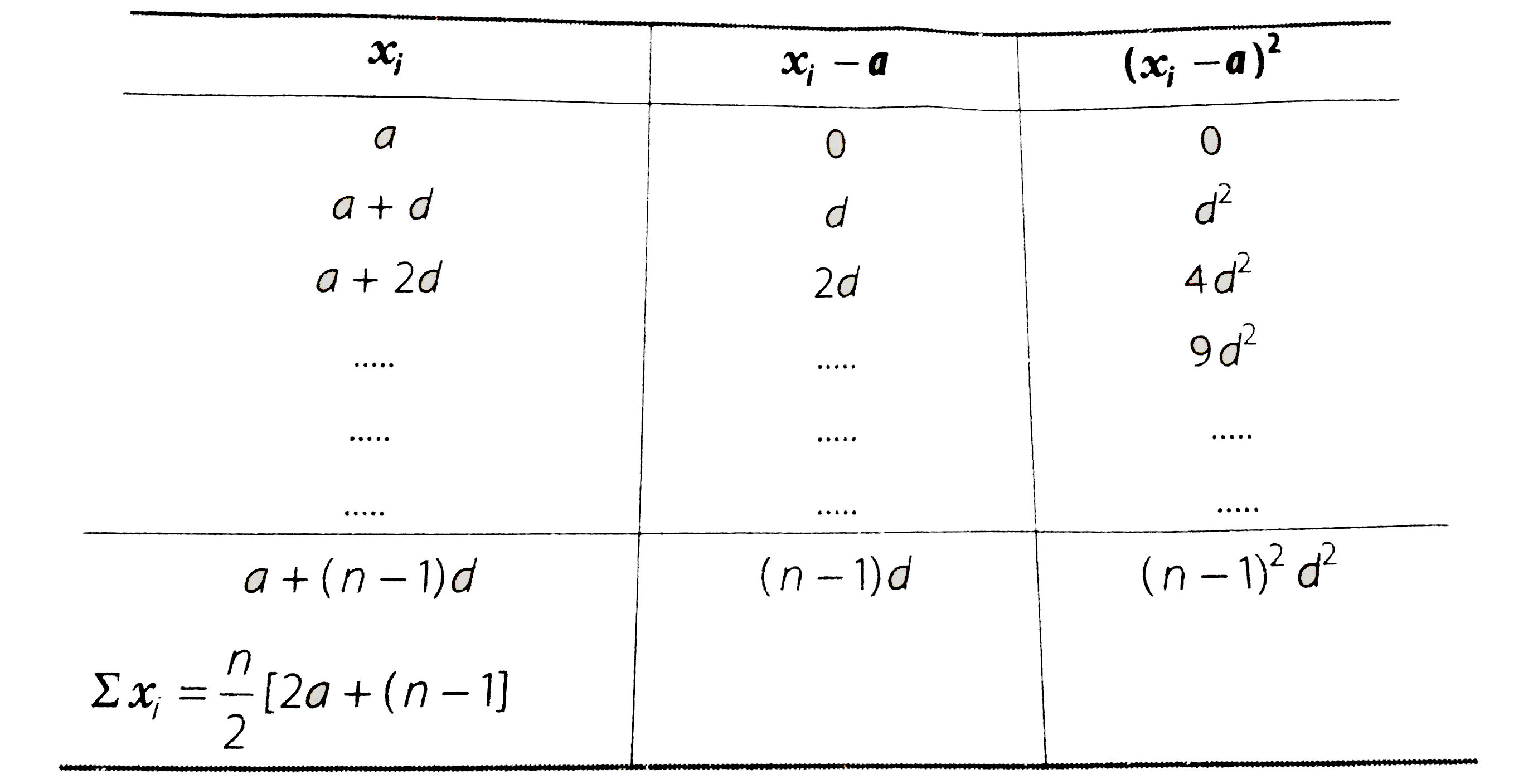The 21st term of an AP whose first two terms are -3 and 4, is
17
137
143
-143
The correct Answer is:B
To find the 21st term of the arithmetic progression (AP) whose first two terms are -3 and 4, we can follow these steps:
Step 1: Identify the first term (a) and the second term (a₂)
The first term a is given as -3, and the second term a2 is given as 4.
Step 2: Calculate the common difference (d)
The common difference d can be calculated using the formula:
d=a2−a
Substituting the values:
d=4−(−3)=4+3=7
Step 3: Use the formula for the nth term of an AP
The nth term of an AP can be calculated using the formula:
an=a+(n−1)⋅d
where an is the nth term, a is the first term, n is the term number, and d is the common difference.
Step 4: Calculate the 21st term (a₂₁)
To find the 21st term, we substitute n=21:
a21=a+(21−1)⋅d
Substituting the known values:
a21=−3+(21−1)⋅7
=−3+20⋅7
=−3+140
=137
Final Answer
The 21st term of the AP is 137.
---
The first term a is given as -3, and the second term a2 is given as 4.
The common difference d can be calculated using the formula:
d=a2−a
Substituting the values:
d=4−(−3)=4+3=7
The nth term of an AP can be calculated using the formula:
an=a+(n−1)⋅d
where an is the nth term, a is the first term, n is the term number, and d is the common difference.
To find the 21st term, we substitute n=21:
a21=a+(21−1)⋅d
Substituting the known values:
a21=−3+(21−1)⋅7
=−3+20⋅7
=−3+140
=137
The 21st term of the AP is 137.
Topper's Solved these Questions
- ARITHMETIC PROGRESSIONSBOOK - NCERT EXEMPLAR ENGLISHCHAPTER - ARITHMETIC PROGRESSIONSEXERCISE - Very Short Answer Type Questions
8 Videos
- ARITHMETIC PROGRESSIONSBOOK - NCERT EXEMPLAR ENGLISHCHAPTER - ARITHMETIC PROGRESSIONSEXERCISE - Short Answer Type Questions
35 Videos
- AREAS RELATED TO CIRCLEBOOK - NCERT EXEMPLAR ENGLISHCHAPTER - AREAS RELATED TO CIRCLEEXERCISE - Long Answer Type Questions
20 Videos
- CIRCLESBOOK - NCERT EXEMPLAR ENGLISHCHAPTER - CIRCLESEXERCISE - EXERCISE 9.4 LONG ANSWER TYPE QUESTIONS
14 Videos
Similar Questions
Find the sum of first 17 terms of an AP whose 4th and 9th terms are −15 and −30, respectively.
View SolutionThe first four terms of an A.P. whose first term is -2 and the common difference is -2 are
View SolutionFind the sum of first 20 terms of an A.P. whose first term is 3 and the last term is 57.
View SolutionFind the 31st term of an A.P. whose 10th term is 38 and 16th term is 74.
View SolutionDetermin mean and standard deviation of first n terms of an AP whose first term is a and common difference is d.

View SolutionFind the mean of first n terms of an A.P. whose first term is a and common difference is d.
View SolutionFind the mean and standard deviation of first n terms of an A.P. whose first term is a and common difference is d.
View SolutionThe sum of the first n terms of an AP whose first term is 8 and the common difference is 20 is equal to the sum of first 2n terms of another AP whose first term is −30 and the common difference is 8. Find n.
View SolutionFind the sum of first 51 terms of an A.P. whose 2nd and 3rd terms are 14 and 18 respectively.
View SolutionFind the rth term of an A.P., sum of whose first n terms is 2n+3n2.
View Solution
